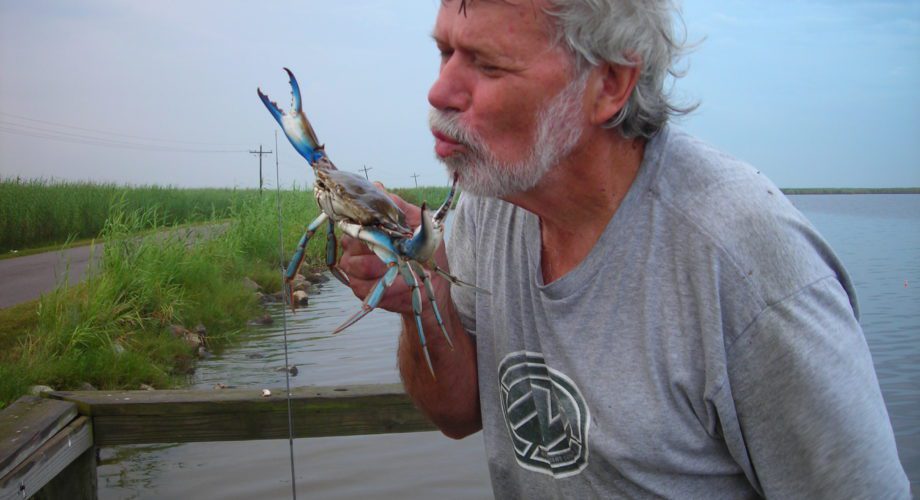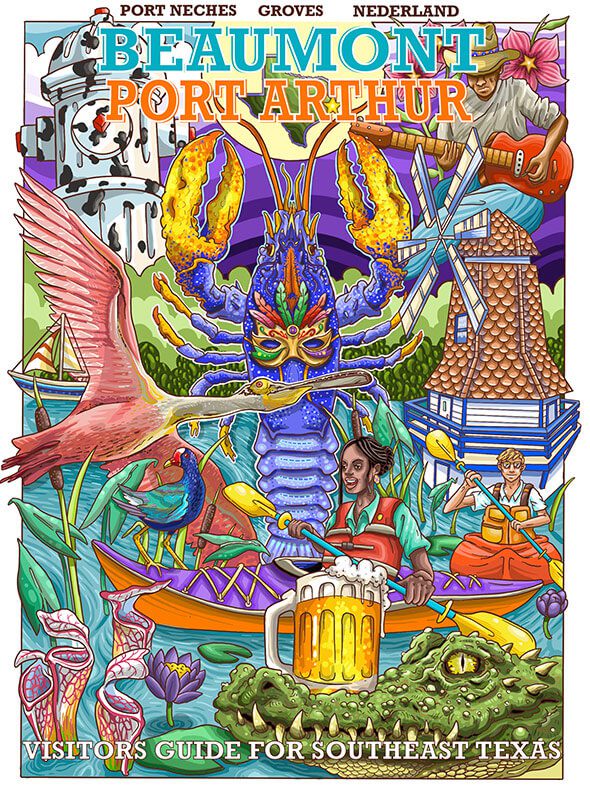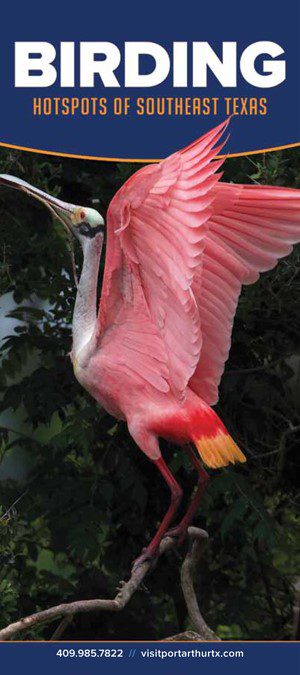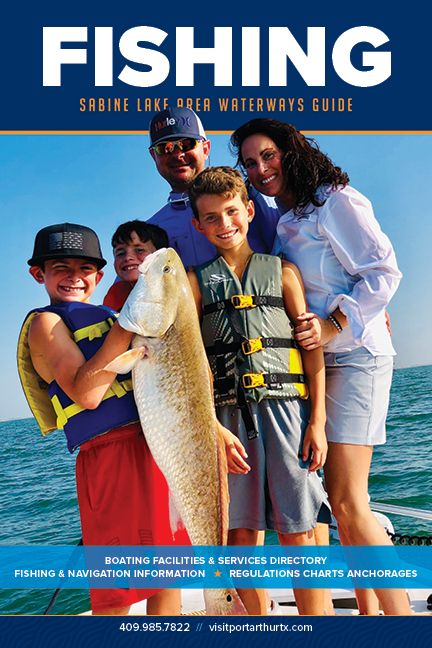Getting To Know Jim LaBove

Jim LaBove is an author and illustrator from Sabine Pass, Texas. Growing up in the salt marshes of bayou Cajun country gave him a unique outlook on a side of Cajun life most folks may have never known.
After all these years, you still seem to be drawn to a somewhat obscure Southeast Texas landscape that is mostly off limits to the rest of the world. Tell us about the marsh.
I was born in the salt marsh, so I guess it is somewhat natural that I would feel as I do about it. To most people, the salt marsh is a place of danger, inhabited by alligators, poisonous snakes, mosquitoes and other dangers. A place of death and decay, the marshes are a place to be avoided and not celebrated. I have a different take on all of this, in that I find the salt marsh to be a place of rebirth and a bassinet to nurture much of the food of a nation. I identify with the fact that there are some dangers in the marshes but I have been able to store those dangers in a part of my mind that watches for and avoids such things but does not take over my existence.
You mentioned the inherent dangers there. How to do you reconcile those dangers with the beauty you describe in your books?
To the average city-dweller, accepting the dangers of an environment and assigning them to your subconscious mind might seem reckless and naïve; but to the bayou Cajun, it was a necessity. Being obsessed with the dangers around you consumes your being and prevents you from performing your life-sustaining tasks. Moreover, fear and detachment from the salt marsh robs a person of the experience of seeing the beauty that is ever-present in the marsh. The marshes are primal places of birth and death in the ecosystem. For everything that is dying and decaying, there is something that is being born. The marshes have a profusion of life in all shades, hues and colors. From the smallest iridescent green fly to the rough texture of the largest olive-black alligator, the marsh is alive with artistic impressions. How could a place so dangerous and drab be the home to the flowing white plumage of the snowy egret and the surprisingly pink feathers of the roseate spoonbill? I often think how fortunate I am to have been able to put the things people fear the most about the marshes aside so that I could recognize and enjoy the beauty of the salt marshes. That same ability can now assist me in remembering all of those wondrous things that combine together to become the salt marsh from which, I came.
For the more adventurous travelers out there, what do you recommend for safety as they encounter wildlife the salt marsh?
Since I operated in and about the marshes during my youth on a daily basis, I was able to transfer the diligence of watching for danger to another part of my mind that was always on duty but not on such a conscious level. Everyone that works in the marshes seems to do this to some degree. I would never suggest that one would go blindly moving about in the marshes looking for the beauty and serenity that I describe without watching for snakes, insects and alligators. To new visitors I would recommend the following:
1) When you see an alligator or if you know alligators to be present, you should never approach them; you should never feed them, nor should you enter the water where they are present or are known to be present.
2) One should avoid alligators and their known territory during the months from April to about June since that is the mating season and they are dangerous when they are in love.
3) When moving about in the marshes, one should always be conscious of where you are walking, paying attention to the area about which, you are about to step. Water moccasins usually do not flee when they sense danger. Often, they are very defensive are prone to coiling up when they are startled. This makes them easier to spot if you are looking for them.
4) When you do encounter a snake in the marshes, it is best to move away since most people are not skilled in identification of snakes so it is best to simply move away from any or all of them.
5) The best recommendation is to stay on the recommended pathways. Many of the marsh viewing areas are designed for guest that are not used to the dangers and they have boardwalks and elevated walkways. In these instances such as prepared viewing areas, there is usually very little danger to be a distraction.
6) Bring insect repellent and use it.
Once you have properly policed the area around which you are going to stop and take everything in, you can then put all of the precautions aside and start to envision and experience some of the things about which I speak.
Experience Port Arthur’s habitats at these sites near LaBove’s exploration grounds:
- McFaddin National Wildlife Refuge, a wintering area for geese, ducks and shore birds
- J.D. Murphree Wildlife Management Area, a diverse wetland along the Texas Chenier Plain
- Texas Point National Wildlife Refuge, which extends along the Gulf of Mexico Shoreline
- Sabine Woods, internationally known for spring and fall migration
- Sea Rim State Park, 5 miles of natural beach
- Pleasure Island, were anglers cast a line into Sabine Lake
Learn more about Jim LaBove and his published work here.
By Callie Summerlin




